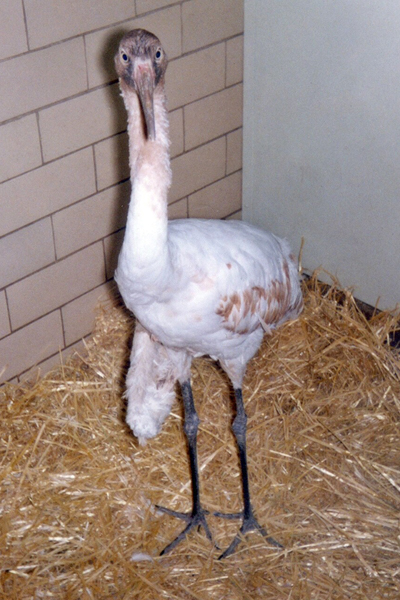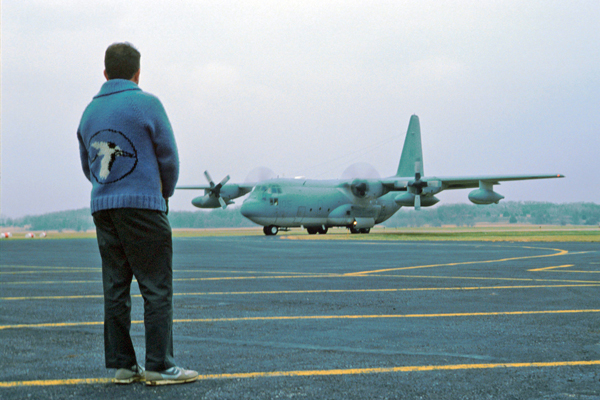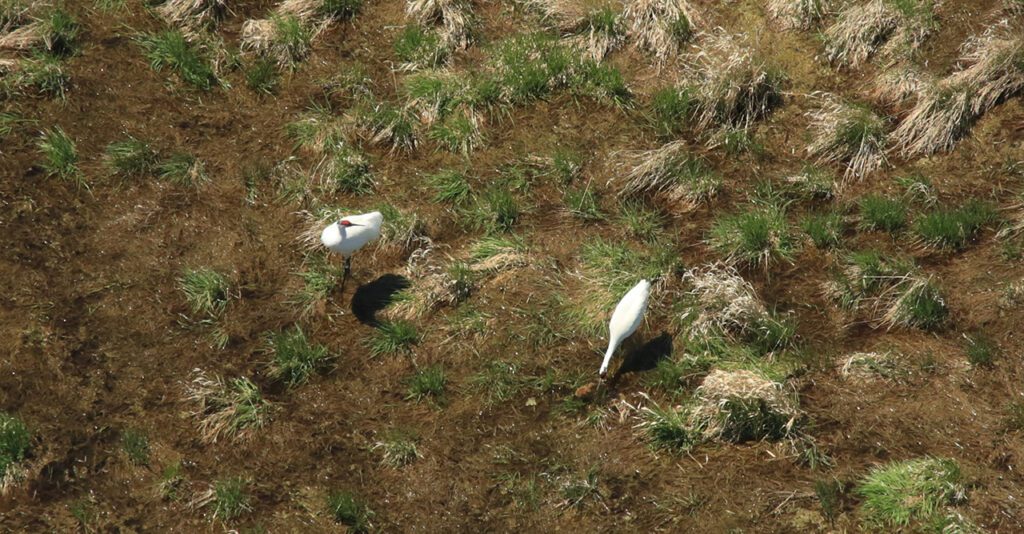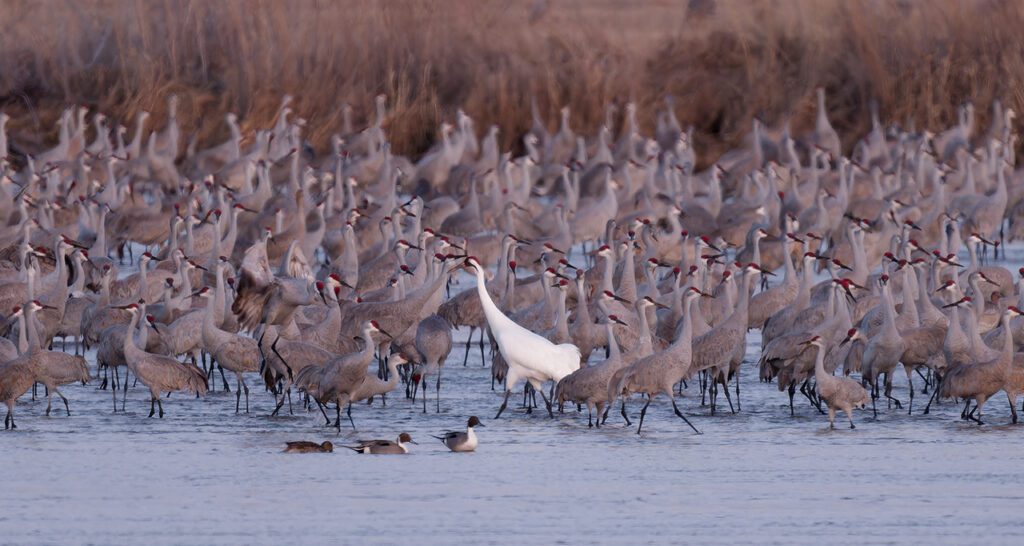End of an Era – Our Deepest Gratitude to the Patuxent Wildlife Research Center

In 1964, a juvenile Whooping Crane with a broken wing was retrieved from Wood Buffalo National Park in subarctic Canada. He was named CAN-US by the two countries fervently working to save the last remaining Whooping Cranes. At that time, the outlook for Whooping Cranes was bleak. There were only 42 left in the wild. The capture of Canus was preceded by an agreement between Canada and the U.S. to establish a breeding flock of captive Whooping Cranes at Patuxent Wildlife Research Center in Maryland as a hedge against the species’ looming extinction.
Patuxent was the birthplace of the captive breeding program for Whooping Cranes. The first Whooping Cranes to arrive there were Canus and a human-imprinted juvenile female from the San Antonio Zoo named Tex. These pioneers were followed by Whooping Cranes hatched from 12 eggs collected from the wild in 1967. For over 50 years, researchers at Patuxent nurtured the rare white birds and perfected techniques for breeding and rearing them. Cranes produced at Patuxent have always been critical to the establishment of new populations in the wild.

To avoid catastrophic loss from having all the birds in one place, the Patuxent flock was split in 1989. Twenty-two Whooping Cranes were sent to the International Crane Foundation and formed the second breeding flock in captivity. I joined the Whooping Crane Recovery Team at that time.
And so it came as a shock in 2017 when the U.S. Geological Survey announced the closure of the crane program at Patuxent. Other programs at Patuxent including breeding bird surveys, banding, and studies of contaminants will continue. Staff formerly employed to help cranes will join those programs. Patuxent’s 72 Whooping Cranes will be sent to other centers including the International
Crane Foundation. The Whooping Crane Species Survival Program created by the American Zoological Association, with guidance from the Whooping Crane Recovery Team, was tasked with identifying accredited facilities for these Whooping Cranes.

In December, I visited Patuxent to express my gratitude to those who have devoted so many years to their robust crane program. I joined my friend, Dr. John French, Director of Patuxent and fellow member of the Whooping Crane Recovery Team, to discuss the transition. The new centers managing breeding pairs will contribute eggs and chicks to the reintroduction projects. The descendants of Canus will carry on in new surroundings.
It has been a pleasure to work closely with our colleagues at Patuxent since I studied cranes there as a graduate student in the late 1960s. Many devoted workers, too many to list, have come and gone over this long period. I wish to especially thank Dr. Ray Erickson, founder of the crane program at Patuxent, who celebrates his 100th birthday this year. After all, it is widely believed that cranes bring long life!
In Baraboo, we are busily preparing for the transfer of six Whooping Cranes from Patuxent. They will join 38 Whooping Cranes already living here. The aging 10-acre complex known as Crane City where all our breeding cranes live has been undergoing renovations for several years. The arrival of more cranes has now intensified the need for continuing repairs and upgrades. We are as committed as ever to a future with Whooping Cranes and will keep you updated on our progress. We won’t be able to do it without you.
Story submitted by George Archibald, Co-founder and Senior Conservationist. Click here to learn more about our work in North America.


